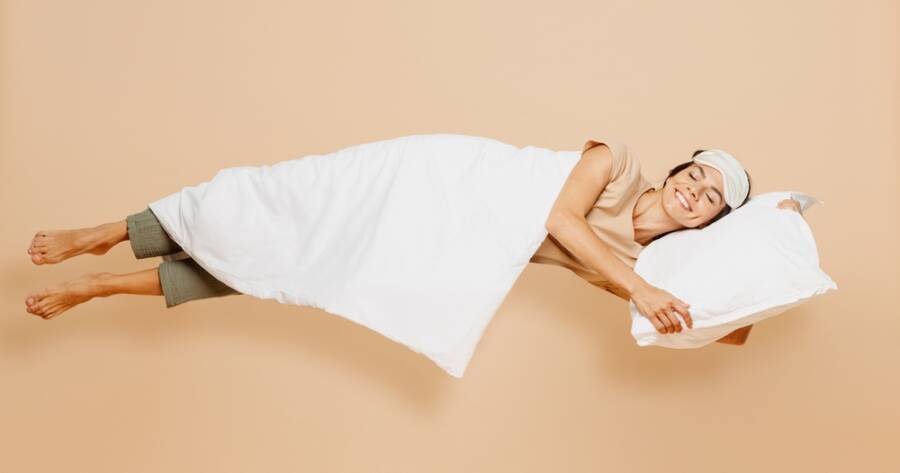The term “sleepmaxxing” has been gaining traction, especially within wellness communities and self-improvement circles. Sleepmaxxing refers to the intentional optimization of sleep quality and routines to enhance mental and physical performance, as well as overall health. This trend emphasizes the critical importance of sleep for peak productivity, mood, and longevity.
Understanding Sleepmaxxing
Sleepmaxxing is not just about getting the recommended 7-9 hours of sleep; it’s about transforming sleep into an art of optimization. Proponents of sleepmaxxing believe that by focusing on sleep quality—rather than simply the quantity—they can unlock significant improvements in their daily lives. The philosophy behind sleepmaxxing is rooted in the idea that sleep is a powerful tool for personal growth and success. It includes strategies such as improving sleep environment, monitoring sleep patterns, and implementing rituals that prepare the body and mind for rest.
In a fast-paced world where people often prioritize work, social media, and fitness, sleep tends to be an afterthought, leading to poor quality sleep and a cascade of negative effects. Sleepmaxxing seeks to combat this by making sleep a priority. But what exactly are the methods and tools that sleepmaxxing advocates use to achieve better rest?
Key Components of Sleepmaxxing
1. Optimizing Sleep Environment
One of the core principles of sleepmaxxing is creating an ideal sleep environment. This involves controlling factors such as light, noise, and temperature. Many sleepmaxxing enthusiasts invest in blackout curtains, white noise machines, and cooling mattresses to ensure the best possible rest. The goal is to create a space that encourages deep, restorative sleep without interruptions.
2. Sleep Tracking and Monitoring
With advancements in technology, sleep tracking has become a cornerstone of sleepmaxxing. Devices like wearable fitness trackers, smartwatches, and even specialized apps allow individuals to monitor their sleep patterns closely. These tools track sleep stages, movement, and heart rate, providing valuable insights into how well a person is sleeping. By analyzing this data, users can make adjustments to their routines, such as altering bedtimes or eliminating disruptions that may be preventing restorative sleep.
3. Establishing a Consistent Sleep Routine
For sleepmaxxing, consistency is key. Establishing a regular sleep-wake cycle is crucial for regulating the body’s internal clock, known as the circadian rhythm. Sleepmaxxing advocates often recommend going to bed and waking up at the same time every day, even on weekends, to promote a stable sleep schedule. A regular routine helps reinforce the body’s natural sleep-wake cycle and improves overall sleep quality.
4. Mindfulness and Relaxation Techniques
Many sleepmaxxing practitioners incorporate mindfulness or relaxation techniques before bed to reduce stress and prepare for sleep. Meditation, deep breathing exercises, and progressive muscle relaxation are common methods used to calm the mind and body. These practices help lower cortisol (the stress hormone) and promote a sense of tranquility, making it easier to fall asleep.
5. The Role of Nutrition and Exercise
Nutrition and exercise also play a significant role in sleepmaxxing. Certain foods, such as those rich in magnesium or tryptophan, can promote better sleep by supporting the body’s production of sleep hormones like melatonin. Additionally, regular physical activity can improve sleep quality by regulating circadian rhythms and helping individuals fall asleep faster. However, sleepmaxxing enthusiasts often warn against exercising too close to bedtime, as it can be stimulating and interfere with the ability to wind down.
6. Reducing Exposure to Blue Light
Blue light from screens can disrupt the production of melatonin, the hormone responsible for signaling to the brain that it’s time to sleep. As part of sleepmaxxing, many people reduce their exposure to screens in the hour or two before bedtime. This includes limiting phone use, avoiding computer screens, and using blue light-blocking glasses if necessary. By doing so, they ensure their body’s natural sleep cycle isn’t interrupted by artificial light.
The Benefits of Sleepmaxxing
The benefits of adopting a sleepmaxxing mindset are wide-ranging. On a physiological level, improved sleep quality can enhance the body’s ability to recover, reduce inflammation, and support immune function. On a psychological level, sleep optimization can boost cognitive function, sharpen memory, improve mood, and increase overall emotional stability.
Moreover, studies have shown that consistent, quality sleep is linked to improved longevity and a reduced risk of chronic health conditions such as heart disease, diabetes, and obesity. Sleepmaxxing focus on sleep as an essential pillar of health has led many individuals to experience higher energy levels, better decision-making, and more focused attention throughout the day.
The Growing Popularity of Sleepmaxxing
With more people becoming aware of the negative effects of sleep deprivation, the sleepmaxxing trend is growing rapidly. Social media influencers and wellness experts are spreading the message, encouraging their followers to optimize their sleep habits. Whether through dedicated sleep routines, tech tools, or self-care practices, many individuals are now seeing sleep as a valuable asset in their pursuit of personal success and well-being.
Time To Hit the Hay
Sleepmaxxing represents a growing recognition of the critical role sleep plays in achieving optimal health and performance. By optimizing sleep environments, embracing consistent routines, and incorporating mindful practices, individuals can unlock a host of benefits that extend far beyond just rest. As the trend continues to evolve, it’s clear that investing in quality sleep is an essential part of modern self-care and wellness.

